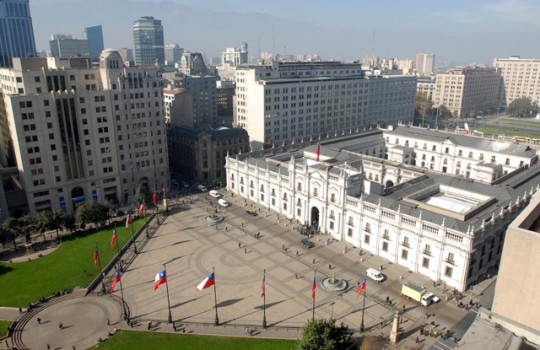
The president also said that by the end of next year there should be a decrease in the ballots, although experts are more cautious with the projections.
President Piñera estimates average increase in electricity bills of 10.5%.
(El Mercurio) Electricity bills will go up in the first half of the year for regulated electricity customers, including residential customers. This was confirmed yesterday by President Sebastián Piñera, who informed that on average the bills of the National Electric System (SEN) will increase by 10.5%.
“This occurs because when the energy was tendered in 2015, those who tendered at that time committed to deliver that energy in 2019 and that tender was expensive. The new tenders have been much cheaper,” said the president on the television program “Bienvenidos”.
This, in a context in which experts estimated that the increase could reach 18%.
“The specific effect on the final tariff will depend on many factors, such as geographic location, the customer’s tariff option, among others,” says Rodrigo Jiménez, general manager of the consulting firm Systep.
The increase is explained by a higher Average Node Price (PNP), the name given to the peso value of energy agreed in dollars between distributors and generators in supply bids, and other factors, such as transmission and the tariff equity system.
Although the average increase will be 10.5%, calculations by the consulting firm Ecom Energía show that in cities such as Copiapó the increase would reach 18.6%, in Quilicura it would be 19% and in Concepción it could be close to 21%.
These values are obtained with respect to the rates currently in force that correspond to the July 2018 fixation, when the accounts experienced a significant drop as a result of the application of the Adjustments and Surcharges system, which on that occasion was favorable to customers.
Francisco Aguirre, director of the consulting firm Electroconsultores, agrees with Jiménez that many factors come into play to calculate the percentage increase in each specific point of the SEN. However, their estimates point to a 15% increase in the first half of the year and a 5% increase in the second half.
Beginning of casualties
According to the President, these increases would not be permanent. “Going forward, I anticipate falls and falls because the new tenders, based on clean and renewable energies, have been much more economical,” the President said. “By the end of next year we will have a new price node that will mean a relief for users.”
The experts consulted agree that a slow decline in prices will begin in 2021, but they will not be as encouraging as previously announced.
Based on the results of the 2016 tender, the Energy Minister at the time, Máximo Pacheco, announced a 20% drop in bills starting in 2021. However, Systep estimates that it will be only 4%. The same consulting firm estimates that only as of 2028 will the low prices tendered in recent years be reflected in lower prices.





